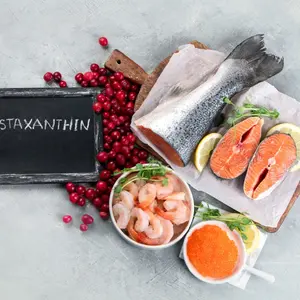

Food, Farming and Nutrition

Food, Farming and Nutrition
Biblical Laws and Kosher
A useful guide explaining the intricacies of kosher is published online by the world’s leading orthodox kosher certification agency, OK Kosher.
Kosher foods are divided into three categories, meat, dairy, and pareve.
All meat and fowl and their byproducts, such as bones, soup, or gravy, are classified as meat. To be considered kosher, meat must come from an animal that chews its cud and has split hooves. The Torah names forbidden fowl, including all predatory and scavenger birds.
A shoche is someone trained in the rituals of kosher slaughtering. Animal and fowl must be slaughtered with precision and examined by a shoche. All utensils used in slaughtering, cleaning, preparing, and packaging must be kosher. Before cooking, the meats must be prepared by soaking to remove any trace of blood.
All foods derived from milk are classified as dairy, including milk, butter, yogurt, and all cheese. Even products with a trace amount of dairy can be considered dairy. Kosher dairy products must come from a kosher animal. All ingredients must be kosher and free of meat derivatives.
Foods that are neither meat nor dairy are called pareve. Common pareve foods are eggs, fish, fruit, vegetables, grains, unprocessed juices, pasta, soft drinks, coffee and tea, and many candies and snacks. Foods may lose their pareve status if processed on meat or dairy equipment or when additives are used. There are many creatures that are not kosher, including most seafood (excluding kosher fish), insects, rodents, and wild animals.
During Passover no leavened products or their derivatives may be consumed, even if they are kosher during the rest of the year.
Even if all the ingredients in wine are of kosher origin, it is kosher only if production was done exclusively by Torah-observant Jews.
REFERENCES
Meat, dairy & pareve. http://www.ok.org/companies/what-is-kosher/meat-dairy-pareve-setting-boundaries/


 By
By







